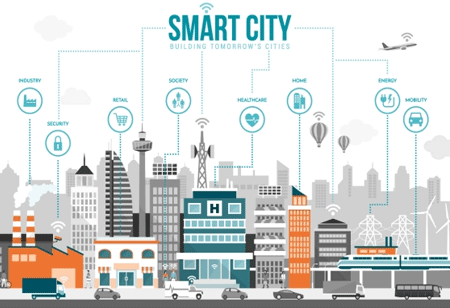THANK YOU FOR SUBSCRIBING
Automated Banks To Welcome You!
The world is at the peak of a digital upheaval and abundance of latest technologies and where people rapidly adopt and use the emerging tools, marks the beginning of the age of automation.

By
Apac CIOOutlook | Tuesday, July 02, 2019
Stay ahead of the industry with exclusive feature stories on the top companies, expert insights and the latest news delivered straight to your inbox. Subscribe today.
The world is at the peak of a digital upheaval and abundance of latest technologies and where people rapidly adopt and use the emerging tools, marks the beginning of the age of automation.
FREMONT, CA: The rise of digital devices has made way for a paradigm shift in the way customers prefer to interact with their banks. In order to provide them with the utmost satisfaction, banks are increasingly moving towards implementing digital technologies such as AI and robotic process automation, big data and analytics, and cloud computing.
Blockchain: The most straightforward way to define a blockchain is by referring to transactions stored in a public database, named as block and chain respectively, which allows transparency of the operation with the help of track-n-trace nature.
Check out: Top Banking companies
AI: Contrary to natural intelligence portrayed by human beings, AI is the aptitude displayed by machines. It combines machine learning algorithms, software that self- improves as it is supplied with more and more data, and a trend, which is increasingly beneficial for the financial institutions.
RPA: It is associated with the software that can easily be programmed to perform basic tasks across the applications, just the way human employees do. It is broadly utilized as a highly efficient method, which can help financial institutions back their digital transformation, enabling various processes to become more convenient.
Automation: The Key to the Future
Automation has offered a personalized platform to financial institutions that drives improved and timely execution of all processes related to banking. Automation has turned out to be the game-changer for back-office operations, where thousands of people work on customer requests, which are both costly and slow. Banks support the two-dimensional impact on their business, which includes customer experience and cost-efficiency, both easily achievable by automation.
The growing use of cloud computing is gaining advancement due to the speed at which both the AI and big data solutions can be brought together for businesses. Automation yields better customer experience via dramatic speed of decision-making and reduction of wait time as well as transaction tracking. By setting up an automated fraud anomaly detection program, banks can enhance the precision of credit card fraud and anti-money launder. Personalized products can be offered to customers by looking at their historical data, conducting risk analysis, and deducting human errors from manually-handled models.





